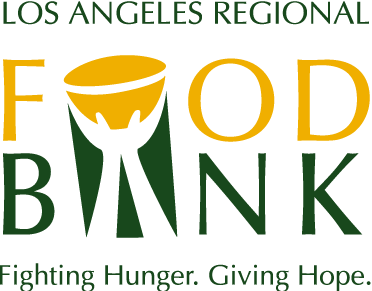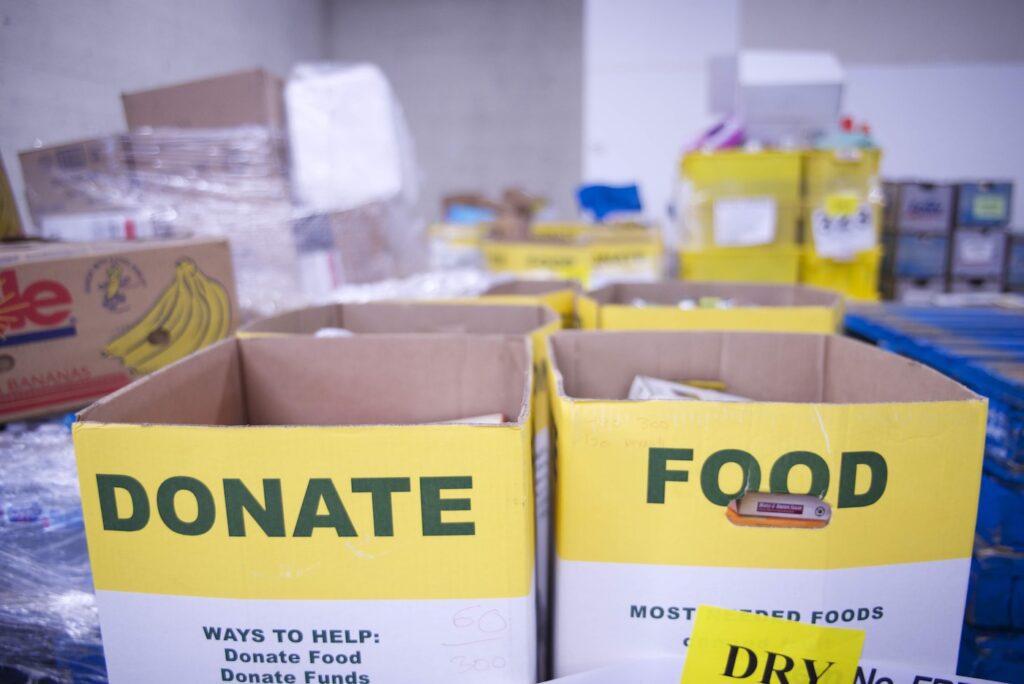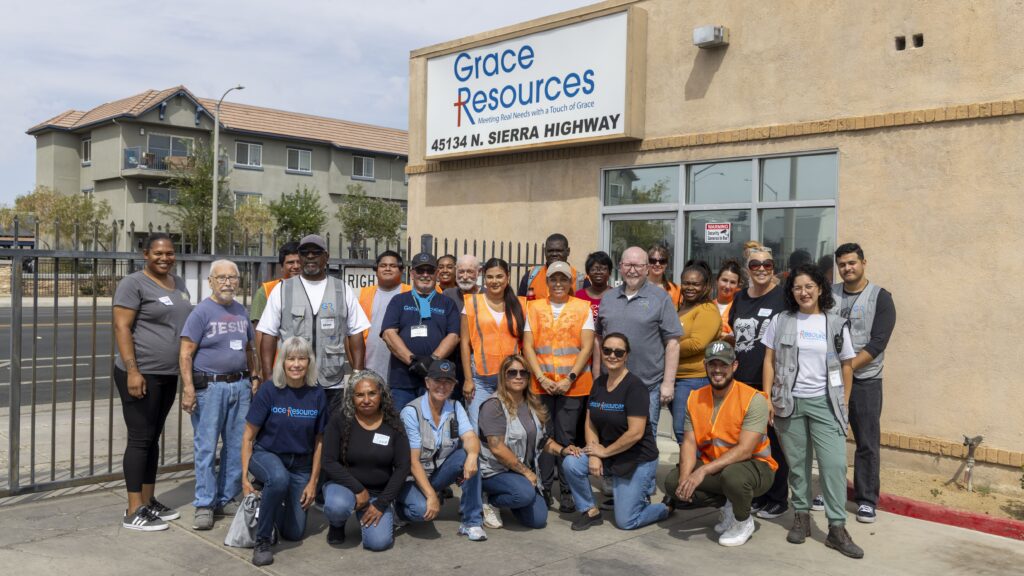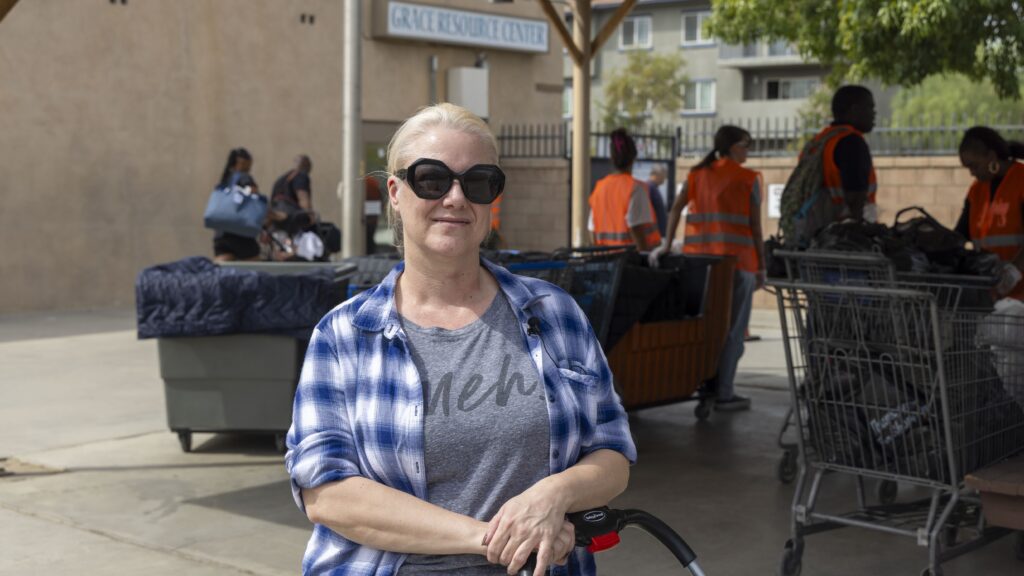Food Banks Are Bigger (and More Essential) Than You Think
Food Banks Are Bigger (and More Essential) Than You Think
In a time when 25% of Los Angeles County residents may be grappling with food insecurity, according to a report from USC Dornsife study, food banks like the Los Angeles Regional Food Bank have become a lifeline for hundreds of thousands of individuals throughout the County. Every month, an average of 900,000 individuals turn to the LA Regional Food Bank and its partner agencies seeking food assistance to ensure they and their families have something to eat that day and the following.
A Box Full of Hope
The Food Bank partners with growers, wholesalers, manufacturers, distributors, and retailers to ensure a steady supply of fresh, nutritious food for our neighbors in need. Contrary to the common misconception that the Food Bank primarily distributes canned goods, 96% of the food provided by the Food Bank is classified as nutritious.
Neighbors seeking food assistance can typically expect to receive fresh fruits and vegetables, which are carefully gleaned, sorted, and packed at the Food Bank’s warehouses. In addition to these fresh items, they often receive shelf-stable staples such as rice, legumes, and canned goods. Many distributions also include dairy products, eggs, and proteins like chicken, beef, pork, or shrimp. Based on family size, these food packages are designed to last between one and two weeks.
Partners For Success
Addressing the rise in nutrition insecurity across Los Angeles County requires a community-wide effort. The Food Bank strengthens its partnerships with hundreds of nonprofit organizations to extend food and essential resources to neighbors in need. Through these collaborations, the Food Bank and its partners distribute around four million pounds of food each week across LA County via a network of partner agencies and direct programs.
The LA Regional Food Bank coordinates direct food distributions to effectively reach local communities. Food reaches our neighbors through large drive-through events, senior and children’s nutrition programs, the Commodity Supplemental Food Program (CSFP), the Extra Helpings Program, and other initiatives designed to support diverse needs.
To improve access to nutritious food in underserved areas and food deserts, the Food Bank also operates a Mobile Food Pantry (MFP), with trucks delivering fresh, nutritious food across the County. This MFP Program is especially valuable in low-income neighborhoods without traditional food pantry options and on college campuses, where food insecurity among students is a growing concern.
The Food Bank’s success is primarily due to the community’s support. Supporting the Food Bank is easy, and donating even just $25 goes a long way. Consider donating to the Food Bank today.





